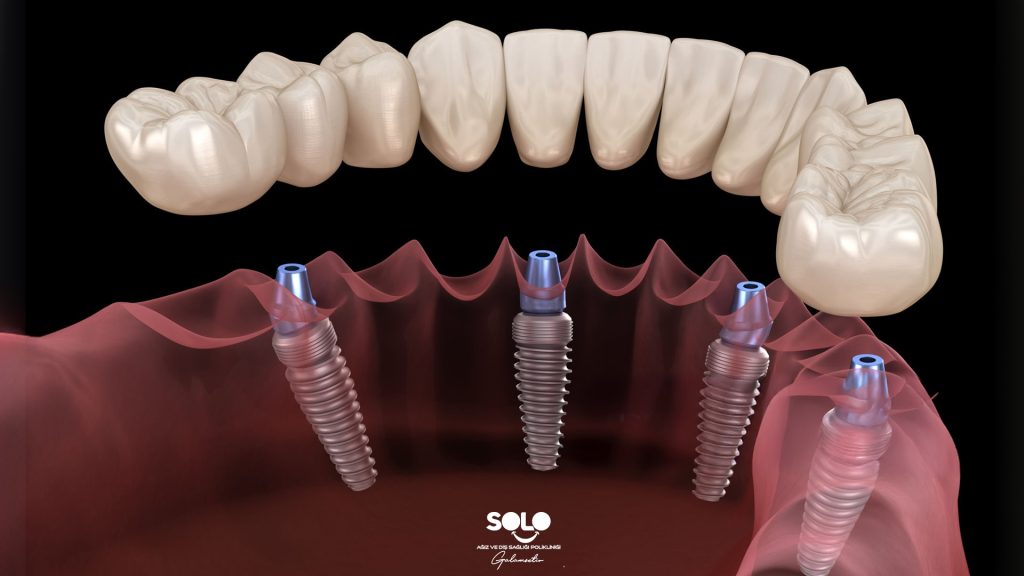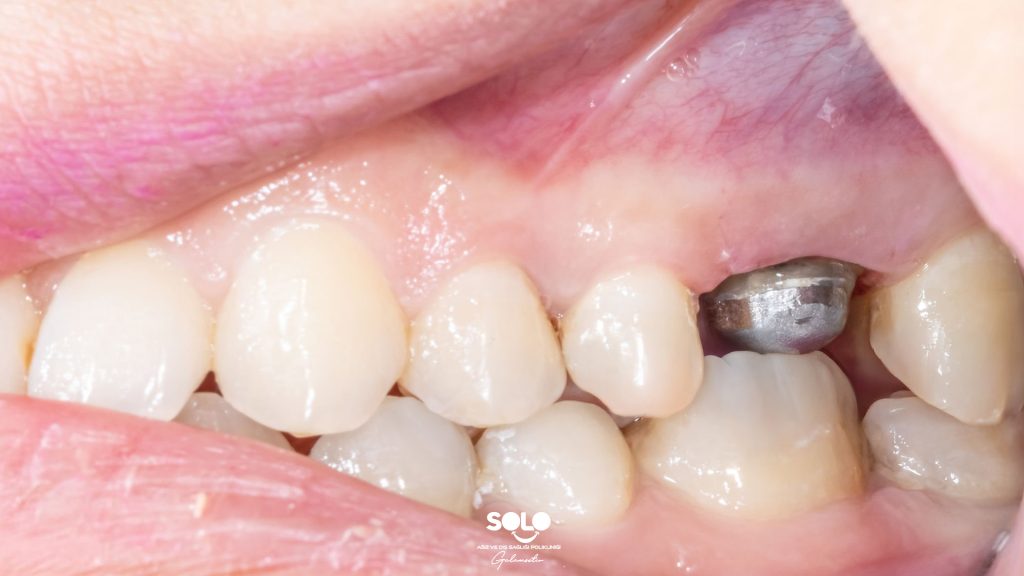What is a Seamless Implant?
Tooth loss is a significant problem that directly impacts people’s quality of life, both aesthetically and in terms of oral health. Missing teeth negatively impact the smile, make chewing difficult, and can lead to jawbone loss over time. Therefore, implants are one of the most preferred methods for permanent tooth loss today. With their structure closest to natural teeth, implants offer patients significant advantages both aesthetically and functionally.
However, thanks to technological advancements in dentistry, in addition to traditional implants, more comfortable, faster, and easier healing methods have been developed. One of these modern methods is the seamless implant (flapless implant), which has become increasingly popular in recent years. As the name suggests, seamless implants are a treatment approach performed without surgical incisions or stitches, offering patients less pain and swelling, and a quicker recovery.
What is a Seamless Implant?
As the name suggests, a seamless implant is a modern treatment method that involves no incisions or stitches during implant placement. In traditional implant procedures, a small incision is made in the gum, the implant is placed in the jawbone, and the area is closed with stitches, continuing the healing process. However, with a seamless implant technique, the gum is not incised; instead, a small incision is made in the gum using specialized instruments, and the implant is placed directly into the bone.
This method offers a much more comfortable experience for patients. Post-procedure pain, swelling, and bleeding are minimal, allowing the patient to return to their daily activities more quickly. Furthermore, the shorter recovery period compared to the traditional method makes seamless implants particularly attractive for those with busy schedules or those seeking a rapid recovery. In short, seamless implants offer both aesthetically pleasing and functional results, while also significantly simplifying the treatment process.

How is a Seamless Implant Placed?
Seamless implant treatment is a process that requires extreme precision and meticulous planning. Every step directly impacts both the patient’s comfort and the success of the treatment. Here’s a step-by-step guide to the seamless implant placement process:
- Examination and Imaging
In the first stage, the patient’s jawbone and gums are thoroughly evaluated. Panoramic X-rays or 3D tomography (CBCT) are used for this purpose. These images clearly determine the location, angle, and size of the implant. - Digital Planning
Digital technologies play a significant role in the seamless implant method. Computer-aided planning minimizes the margin of error and ensures the most accurate implant placement. During this stage, a personalized surgical template (guide) is prepared. This template helps ensure the safe placement of the implant at the exact location planned, at the correct angle, and with the most accurate placement. - Anesthesia
The patient will not feel any pain during the treatment because it is performed under local anesthesia. Sedation or general anesthesia can also be used if necessary. - Implant Placement
The implant is placed in the jawbone without any incision in the gums, simply by making a very small incision. The prepared surgical template serves as a guide, eliminating the need for stitches. - Temporary Tooth Placement (If Necessary)
In some cases, a temporary tooth can be placed immediately after implant placement. This allows the patient to avoid tooth loss during the healing process and continue their daily activities without any aesthetic problems. - Healing and Permanent Prosthesis
The osseointegration process, or the integration of the implant with the jawbone, typically takes 2-3 months. Once this period is complete, a permanent prosthesis (artificial tooth) is placed, concluding the treatment.
Advantages of Seamless Implants
The seamless implant method offers many advantages over traditional implant treatment:
- Less pain and swelling: Because the gums are not cut, the patient experiences minimal pain and swelling after the procedure.
- Fast recovery: Because soft tissue damage is minimal, the healing process is shortened.
- Low risk of bleeding: Because no surgical incision is made, bleeding is significantly less.
- Esthetically advantageous: A more natural appearance is achieved, especially in the front teeth.
- No stitch removal: Because no stitches are required, the patient does not need to return to the clinic for additional procedures.
- Short application time: Can be completed more quickly than the traditional method.

| Feature | Traditional Implant | Flapless (Stitch-Free) Implant |
|---|---|---|
| Gum procedure | Incision is made, stitches applied | No incision, no stitches |
| Pain & swelling | May be more | Minimal |
| Healing time | Longer | Faster |
| Bleeding | Slightly more | Very little |
| Aesthetic result | Successful but longer process | More natural and quicker result |
| Procedure time | May take longer | Completed in shorter time |

